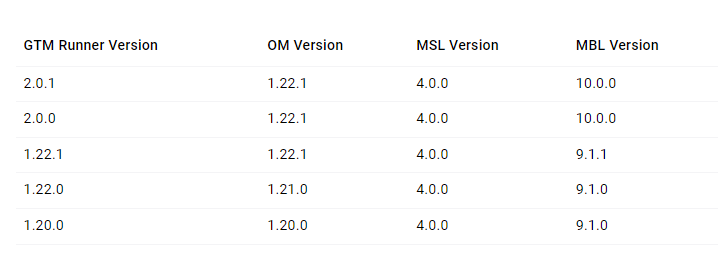Hi,
I see that the Modelica package output is dependent on MBL10.0.0. I assume this output is written by the RunDES component, or maybe it is in the translator? Either way, the 5GDHC versions would benefit by having the Modelica package outputs from RunDES compatible with MBL 10.0.0 and above, since each is supposed to be backward compatible. Is that something I could modify myself or request? I have not yet found the line of code in RunDES controlling the output package.
Thanks for the feedback, @Geo_curious .
We have to use a specific version of Modelica Buildings Library (MBL) in the Dragonfly/URBANopt DES workflows because the MBL has been under some heavy development for improved compatibility with OpenModelica (which is also under heavy development). So there are breaking changes in the newer versions of MBL that would not be compatible with the current URBANopt (at least when it comes to running things with OpenModelica).
I know that the NREL team is working to stay updated with the new versions of MBL and OpenModelica but it takes time. You can see the latest set of compatible versions here on the gmt-om-runner dockerhub page:
https://hub.docker.com/r/nrel/gmt-om-runner
When there’s a new version of the docker image pushed by NREL, we can make sure that it gets exposed in dragonfly so you can use the newer MBL.
Is there a particular reason why you want to use a newer MBL? Also, are you using the OpenModelica simulation workflow or are you primarily interacting with the Modelica files in some other interface like Dymola? If you are using Dymola, you probably have a lot more flexibility with regards to updating to the newer MBL.
Hi Chris,
Thanks for the response. This all makes sense.
There are some important improvements in the 5GDHC space for component models in MBL 11.0.0. I do appreciate that this takes time however. I have a few contributors that may be willing to help whomever the maintainer is on the image and translator. I will try to reach out to Nate to see who is the most appropriate point of contact. Please stick with this!
There are several reasons that this workflow gets me pumped. Without spilling my beans all over the place, this has massive impact potential.
I have access to several Modelica GUIs at the moment. While I appreciate that OMEdit is making a forward dash, I am doubtful that will last. Again, there are several reasons I do not need to elaborate on here, but I am pleased to simply see the LBT>translator>OMEdit package output. Going forward, I will probably be reusing those MO packages in a different GUI. Hopefully LBNL can provide some additional clarifications for the translator, since there appear to be more relevant 5GDHC components to use than those package outputs the translator currently provides.
I will keep looking at the LBT workflow and send my comments in more meaningful directions. Thank you!
Good to know, @Geo_curious .
Glad to hear that you are excited about the trajectory that things are moving in. I know that the NREL team appreciate the support, particularly if you or your colleagues put together testimonials about the capabilities that you want to see funded.
Just keep in mind that Brooks’s Law can be a real issue when it comes to some of these complex software packages and, while I know it’s tempting to make a code contribution for the thing that seems the most valuable, sometimes it’s most helpful to contribute with something more menial (eg. writing tests, adding docstrings, etc.) so that the person who’s already knee-deep in the update can devote their time to doing that.
FYI, if you have access to Modelica GUI other than OpenModelica, you are willing to hack a bit, and you want to experiment with whether you can get MBL 11.0.0 to compile and simulate, I can offer the following workflow:
- Run the DES simulation from Dragonfly once to make sure that you have all of the dependencies on your machine.
- Download the version of MBL that you want to use as a zip file.
- Replace the version of the MBL in the following folder with the version you downloaded:
C:\Program Files\ladybug_tools\resources\mblNOTE: Leave theversion.txtin that folder - Set the
_writeinput to True on the DF Run Modelica DES component. If the number of breaking changes isn’t too great between MBL versions, this might be able to give you Modelica files for the DES using MBL 11.0.0, which you can then open in Dymola or Optimica.
Granted, those Modelica files will almost certainly not be simulate-able with OpenModelica yet but maybe it might work in Dymola or Optimica (though no promises). If you try this hack, let us know if you get it to work.
